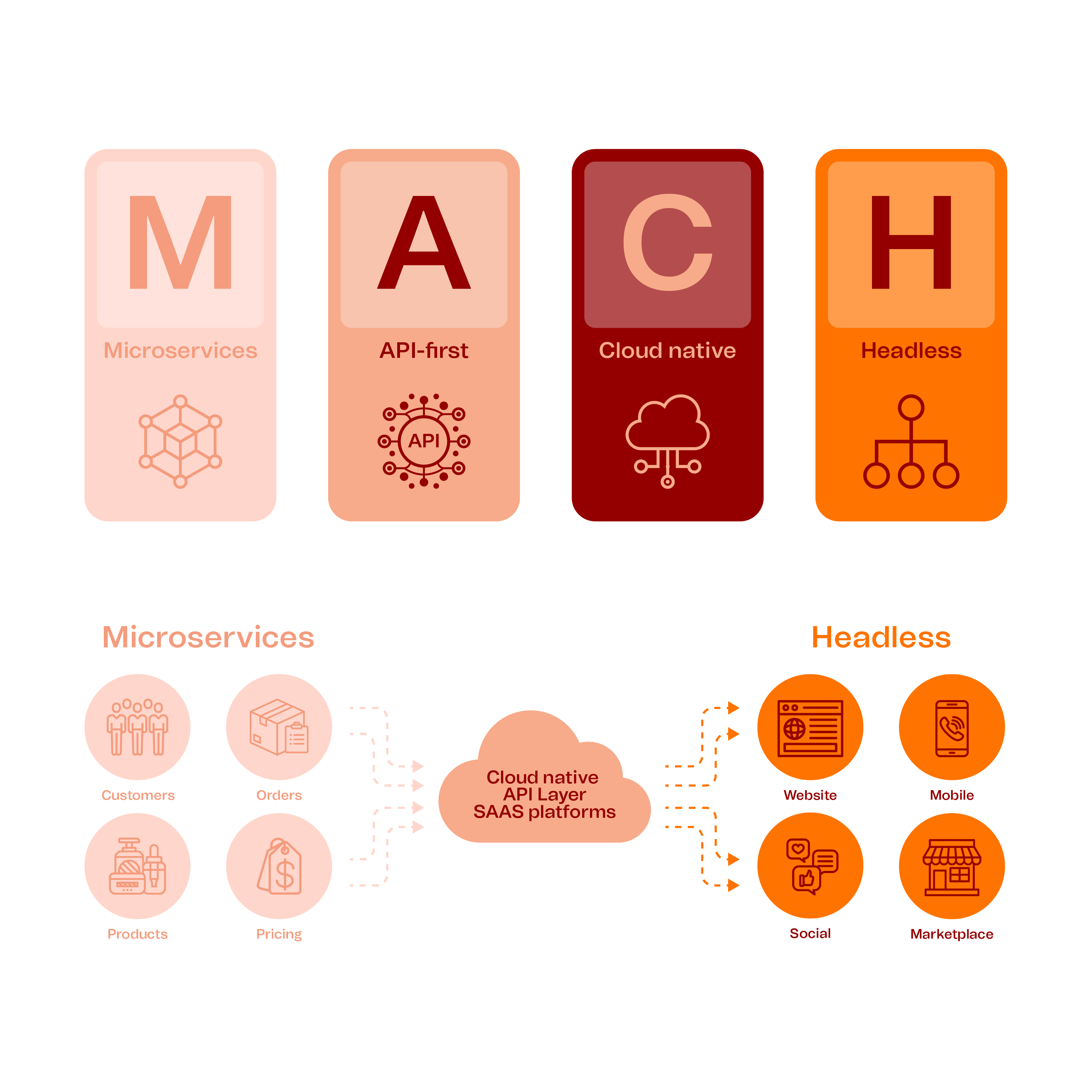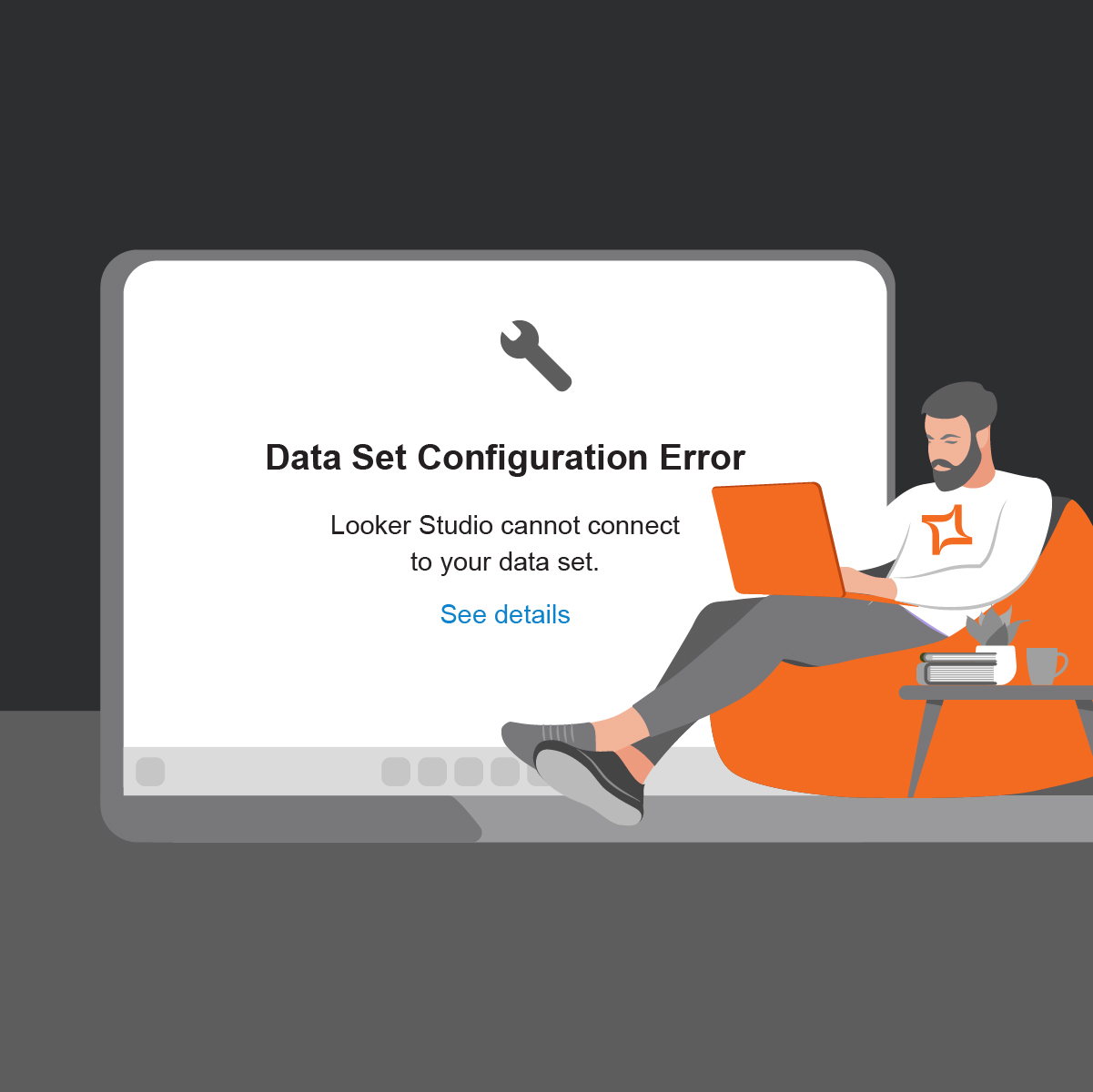Although the pandemic seems to be behind us by now, economic times remain dramatic for a lot of industries. Our uncertain era will not change anytime soon, and you could say that we are facing a perfect storm. For many businesses, rapid change is here to stay. Consequently, the ability to adapt as a business to new models and channels, with increasing user expectations, is key. In B2B the adaptation rate of e-commerce is increasingly speeding up and business is growing (CAGR > 10%, according to Forrester on US B2B and McKinsey B2B growth equation).
The question is: How to respond to this vital drive for change? How to improve business processes without messing with business continuity? The answer lies in the optimal integration and orchestration of the business processes that define the end-to-end user experience. If done right, using a phased approach for a specific brownfield, businesses can change while running their current activities.
A successful transformation is in fact not just about technical systems, but also about company culture and business processes, both vertically (outside-in) and horizontally (across silos). A thoughtful end-to-end customer journey can be marketing-inspired but it needs business process alignment (from ERP to the frontend) to optimize the customer experience.







